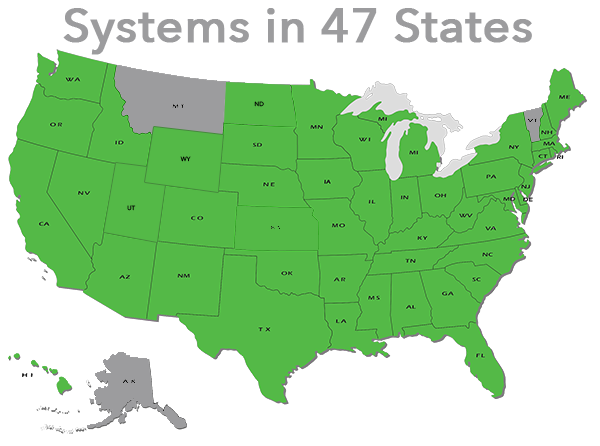There is a misconception that using solar energy for your home means you need photovolatic (PV) modules on your roof, a converter, and other technological gadgets. And while a solar electric system does need these things, you can also harness solar energy in other ways, too, like through passive solar home design. Passive solar design takes advantage of a building’s site, climate, and materials to minimize energy use. A well-designed passive solar home reduces heating and cooling loads through energy-efficiency strategies, which means lower heating and cooling costs. Using passive solar design to heat and cool your home can be both environmentally friendly and cost effective. In many cases, your heating costs can be reduced to less than half the cost of heating a typical home! Let's Get Down to the Basics A passive solar home collects heat as the sun shines through south-facing windows and retains it in materials that...
4136 Hits
4136 Hits


























